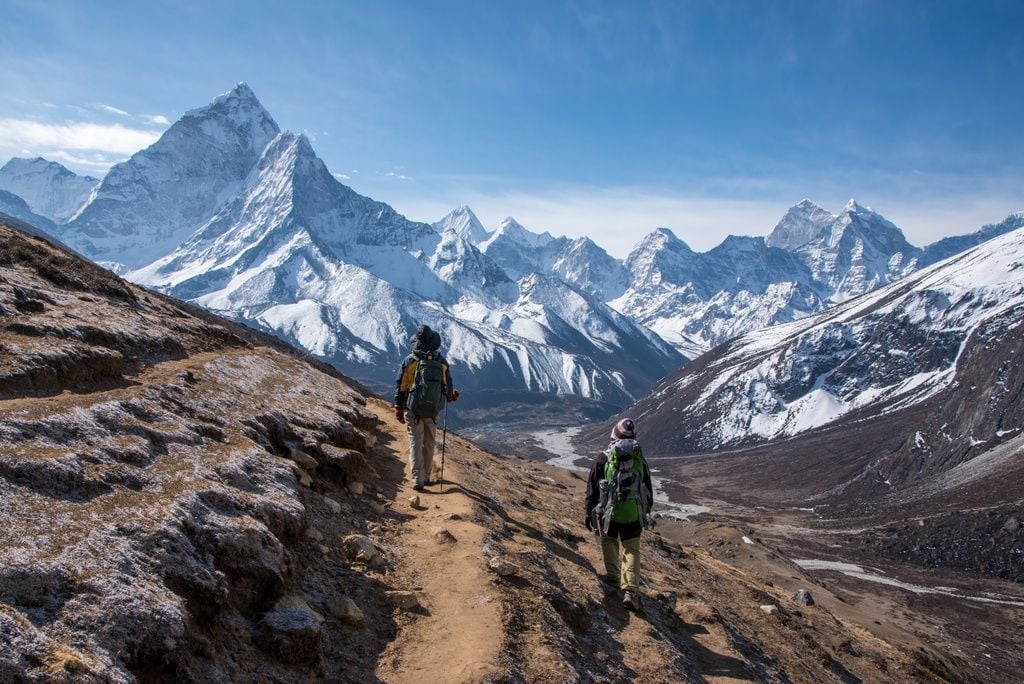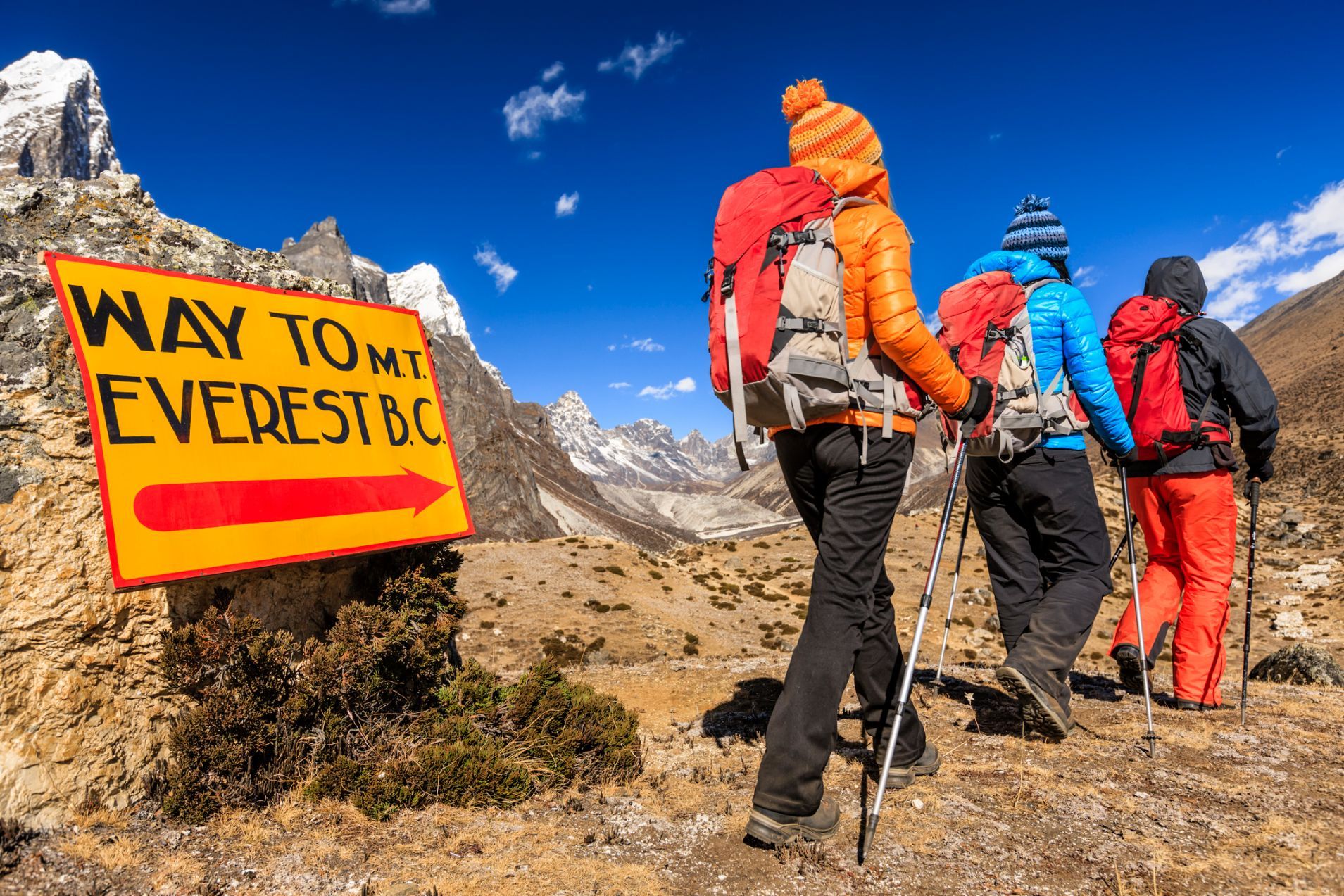
You know that Nepal is famous for its amazing multi-day treks, from Everest Base Camp to the Annapurna Circuit. You know that Nepal is beautiful - after all, it's home to Everest and the highest mountains in the world. You probably even know that the guides in Nepal are friendly and reliable, that the accommodation and food along the way is enjoyable and that on the whole, you’ll pay a fraction of the cost of trekking in other mountainous regions of the world. But you're still not sure which of the legendary hikes in Nepal are for you? Well, you're in the right place.
Please note: On the 1st April 2023, the Nepal Tourist Board (NTB) made changes to the trekking laws for all foreign trekkers, cyclists, and mountain climbers visiting Nepal's mountain regions and national parks. All trekkers (solo or in a group) must now be accompanied by a licensed guide. To learn more about what this means for you, read our update on the Nepal trekking requirements.
1. The Everest Base Camp Pioneers Route
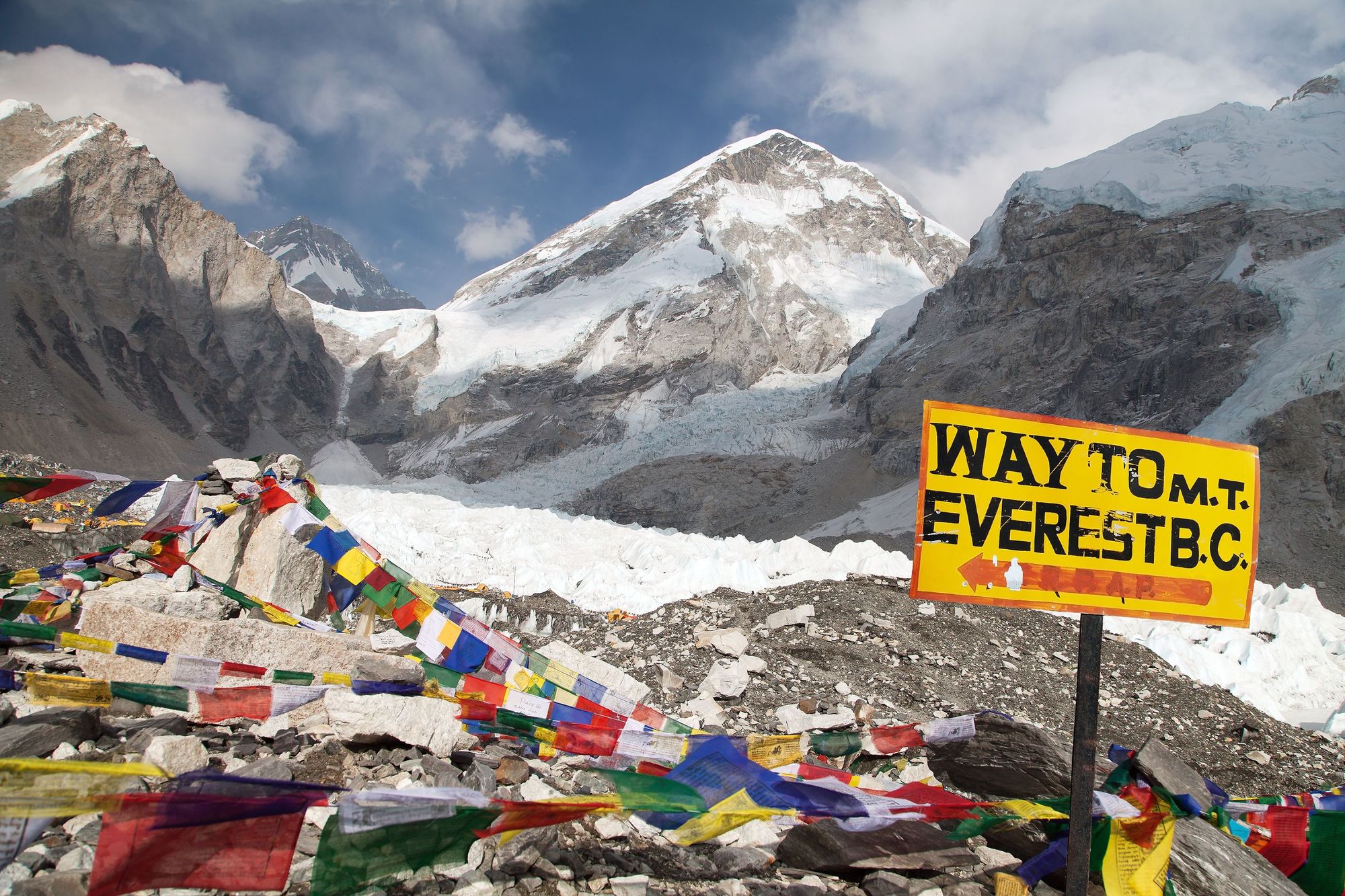
The Everest Base Camp trek is the most famous of all Nepal’s multi-day treks and, while that means the infrastructure here is good (with luxury accommodation available if that’s your thing), it also means the trails get pretty crowded during peak season. That’s not a reason to scratch the EBC trek off your list, however, as it’s still an entirely worthwhile journey. But if you don’t feel like jostling with other trekkers for trail space the whole way, consider taking the ‘pioneers’ route’ from Jiri.
Most trekkers begin the Everest Base Camp trek by flying from Kathmandu to Lukla. But if you start at a small town called Jiri (a day’s jeep ride from Kathmandu) you’re unlikely to see another trekker for roughly the first week. It’s called the pioneers’ route because it’s the way that early Western mountaineers travelled to the Everest region before the construction of the airport at Lukla. It sits at 1,905 metres and before reaching Lukla, and the traditional start of the Everest Base Camp trail, trekkers will need to cross a few challenging passes—which are good preparation for what awaits closer to Everest.
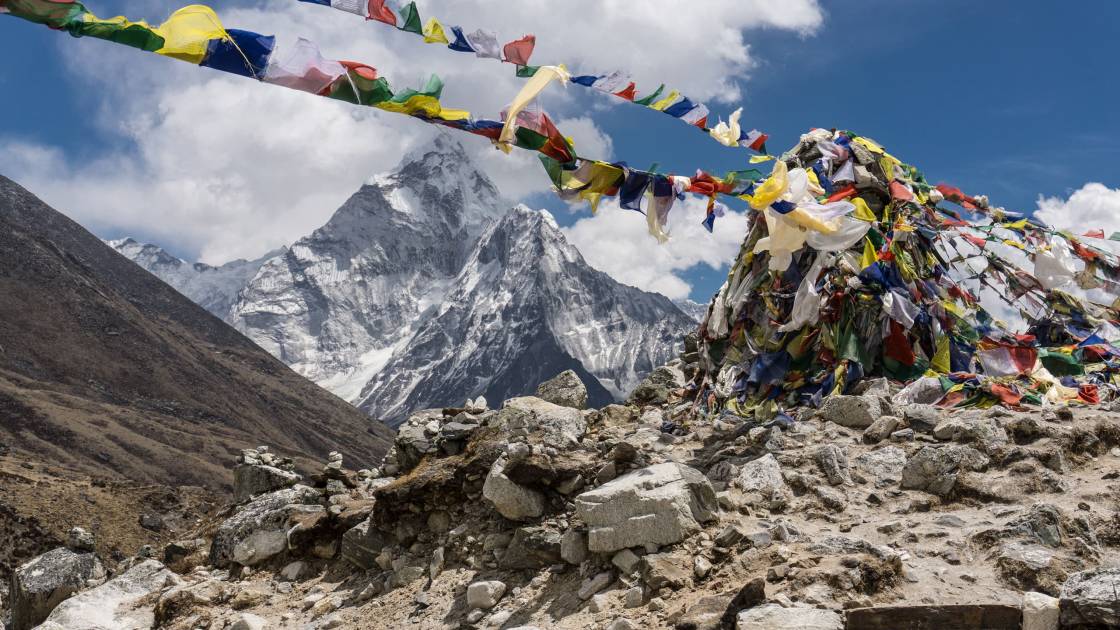
Accommodation is more basic than on the main Everest Base Camp trail and sometimes simple homestays are necessary. The rewards are emptier trails and a glimpse into parts of rural Nepal that aren’t flooded with tourists.
Once you’ve joined the main trail, you may be able to progress a little faster than other trekkers because you’ll already be somewhat acclimatised. Lukla to Everest Base Camp and back takes around 12 days, after which you can fly back to Kathmandu—unless you want to walk all the way back to Jiri!
2. Three Passes Trek
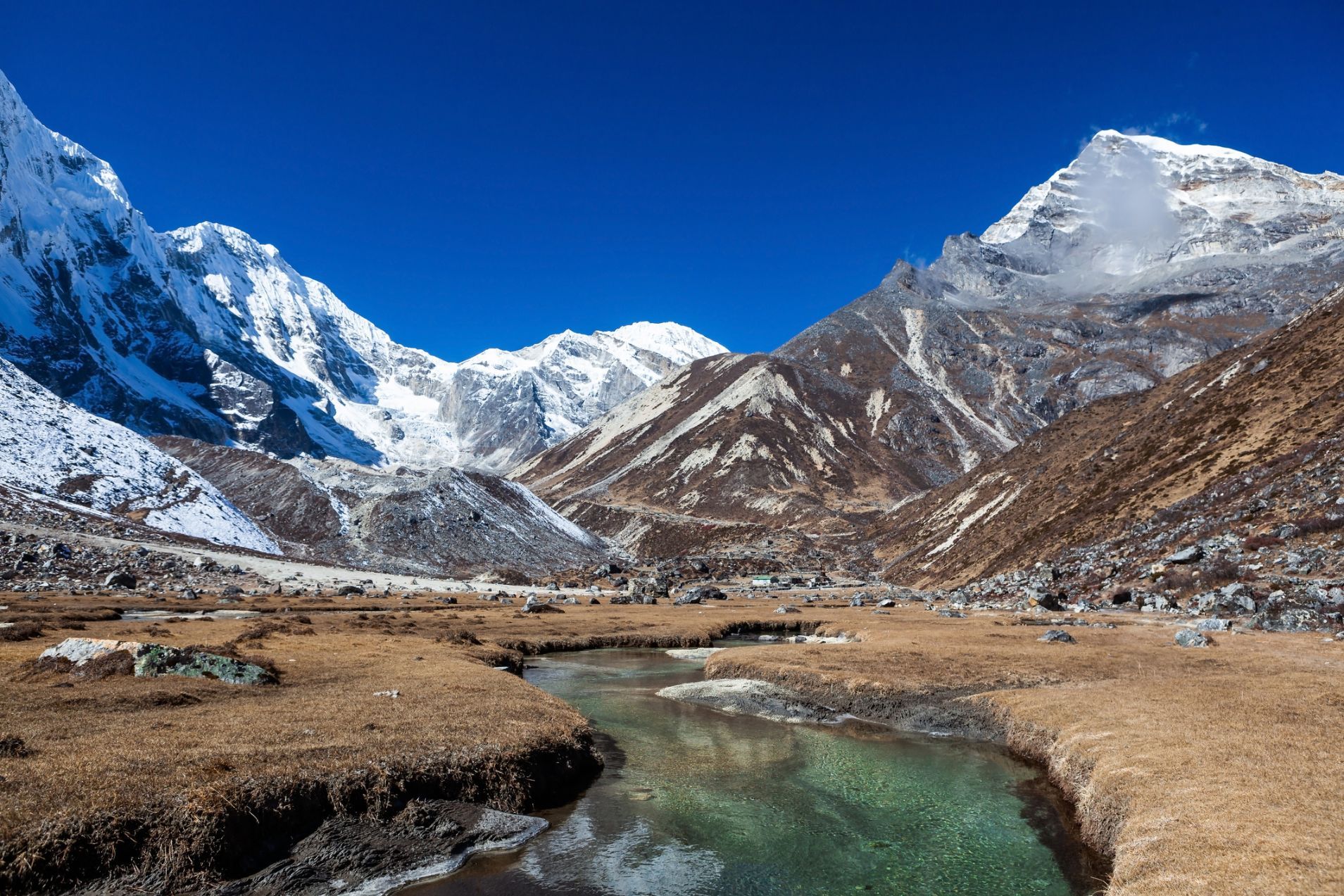
Another good alternative to the straightforward Everest Base Camp trek is the Three Passes Trek. It’s a loop, so doesn’t require any back-tracking (as the EBC trek does). The trail starts at Lukla and follows the main EBC trail to Base Camp itself. Then, it continues counter-clockwise and over three high passes, each over 5,000 metres above sea level. The trail goes past the Gokyo Lakes - which are a destination in their own right, if you don’t want to complete the entire Three Passes Trek - and loops back to Lukla via the lovely Thame Valley.

The whole trail takes around 20 days and, due to the height and difficulty of the passes, it’s recommended for experienced trekkers only. It’s also advisable to tackle it counter-clockwise from Namche Bazaar rather than the opposite, due to the heights of the passes and acclimatisation issues.
3. Langtang Valley with Lake Gosaikunda
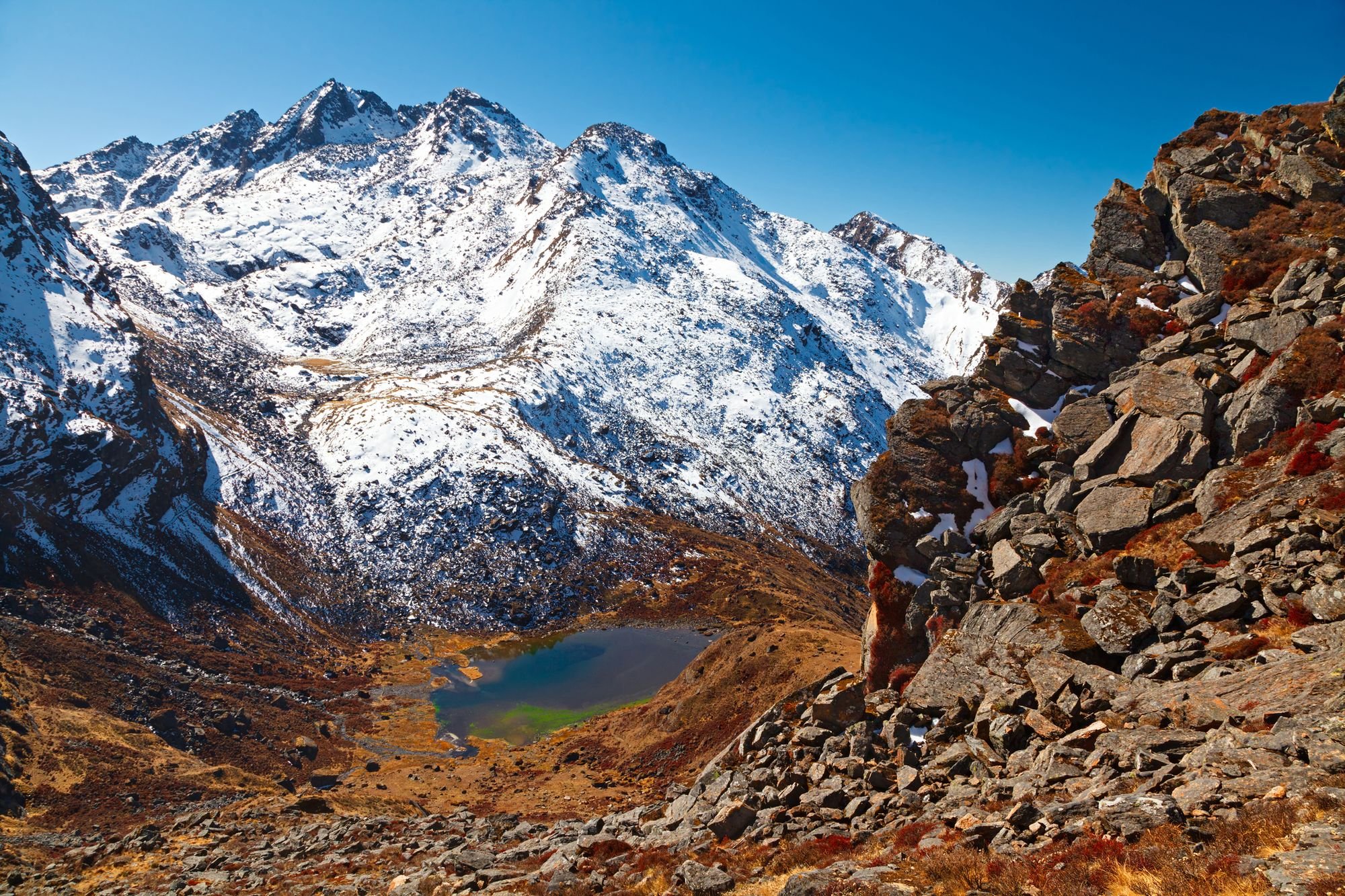
The Langtang Valley was very badly affected by the earthquake in April 2015: a massive landslide totally destroyed the village of Langtang. But it has been busy rebuilding and the locals really need support from travellers. Prior to the earthquake, the Langtang Valley was a favourite trekking destination due to its relative proximity to Kathmandu (about seven hours’ drive), its moderate grade and the lovely ascent from bamboo forests, up a river valley and into an open valley ringed by high peaks. It still has all of these good qualities.
The Langtang Valley trek alone can be completed in about five days, but for an extra challenge, add the trek up to Lake Gosaikunda on afterwards. It’s recommended to do this after the main Langtang Valley trek because of the altitude—ascending too quickly to Lake Gosaikunda can cause problems. The Lake itself is a beautiful blue and ringed by rocky snow-capped mountains. It’s a holy Hindu pilgrimage site, so there’s a constant trickle of pilgrims trekking up there, and larger crowds at certain auspicious times of the year.
4. Annapurna Circuit with Lake Tilicho
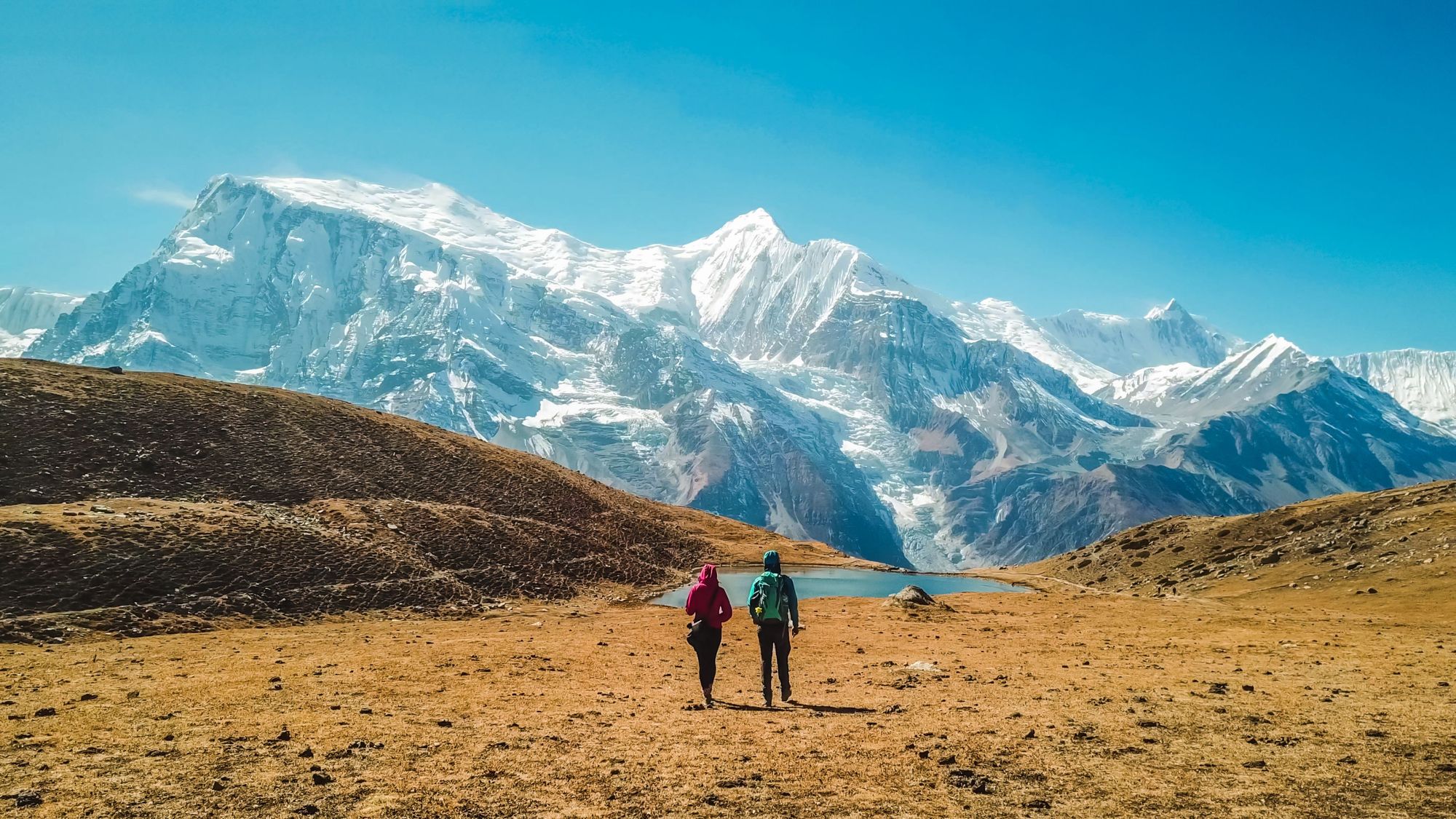
After the Everest region, the Annapurna region is the second-most popular destination for trekkers in Nepal. The Annapurna Circuit is a favourite classic trek because of its varied scenery and cultures, incredible views of numerous high peaks - and the fact that it’s a circuit so doesn’t require retracing one’s steps. The high point is the 5,416 metre Thorung La (pass) that separates Manang from Lower Mustang.

In the last few years, road construction in the area has led to a change in the character of the trail. Instead of taking around 20 days, most trekkers can finish the Annapurna Circuit in around 14 and avoid trekking along the road. Ending at Jomsom is convenient as you can either fly or take a bus back to Pokhara. One way of lengthening the traditional trek on the Annapurna Circuit and keeping it remote and interesting is by adding side-trips on. One good option is the trek to Lake Tilicho. From the village of Manang, continue to Tilicho Base Camp and then on to Tilicho Lake (4,919 metres). Tilicho Lake is often called the most beautiful in Nepal and is the highest lake of its size in the world, with pristine blue-green waters surrounded by snow-capped peaks. After completing the side trek, continue on to complete the Annapurna Circuit.
5. Upper Dolpo
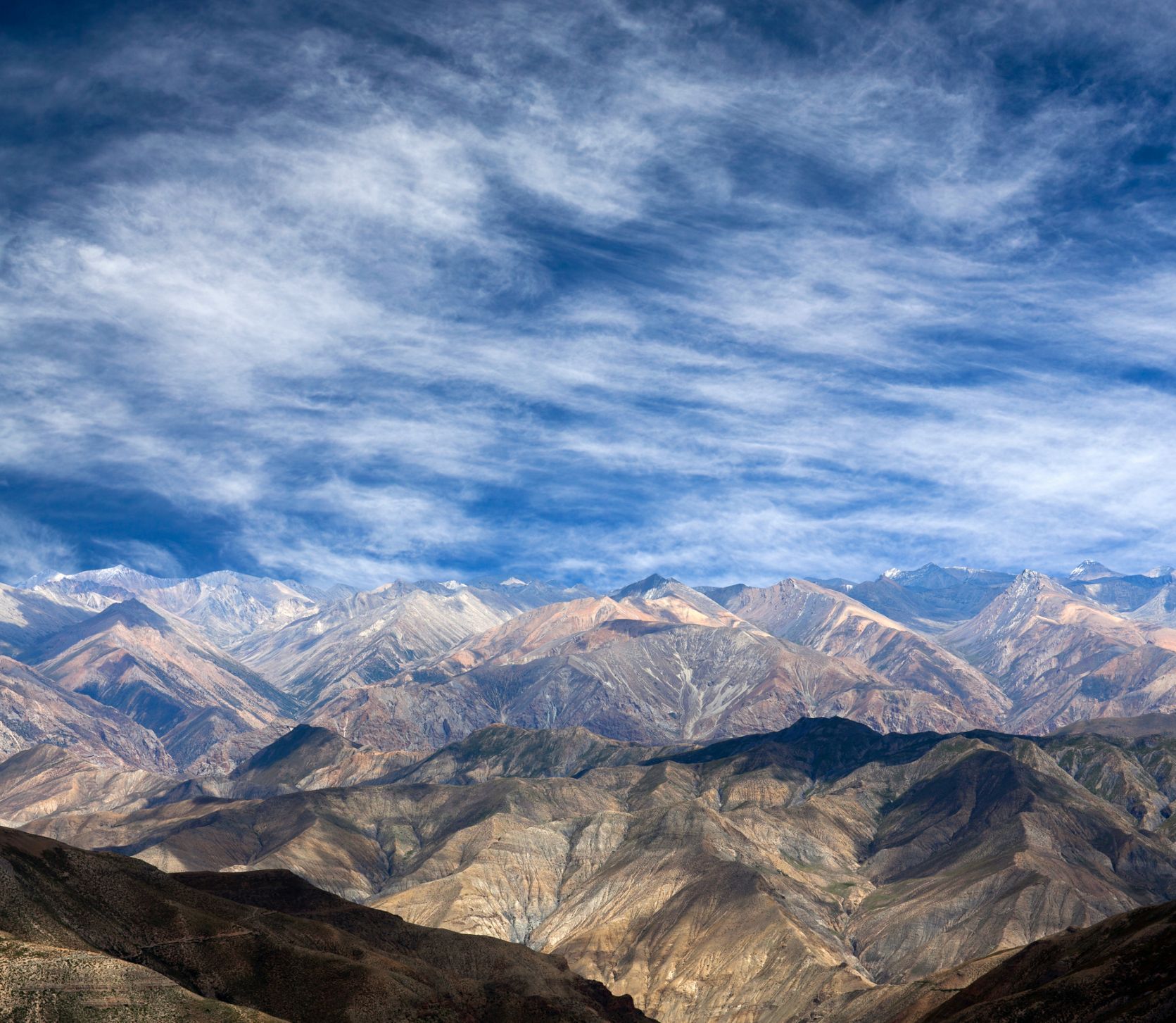
Experienced, adventure-hungry trekkers seeking a once-in-a-lifetime experience should add Upper Dolpo to the list. Dolpo is an isolated region in the rainshadow of the Himalaya, with a primarily Tibetan Buddhist culture. While Lower Dolpo can be visited without an expensive permit, Upper Dolpo is a restricted region.
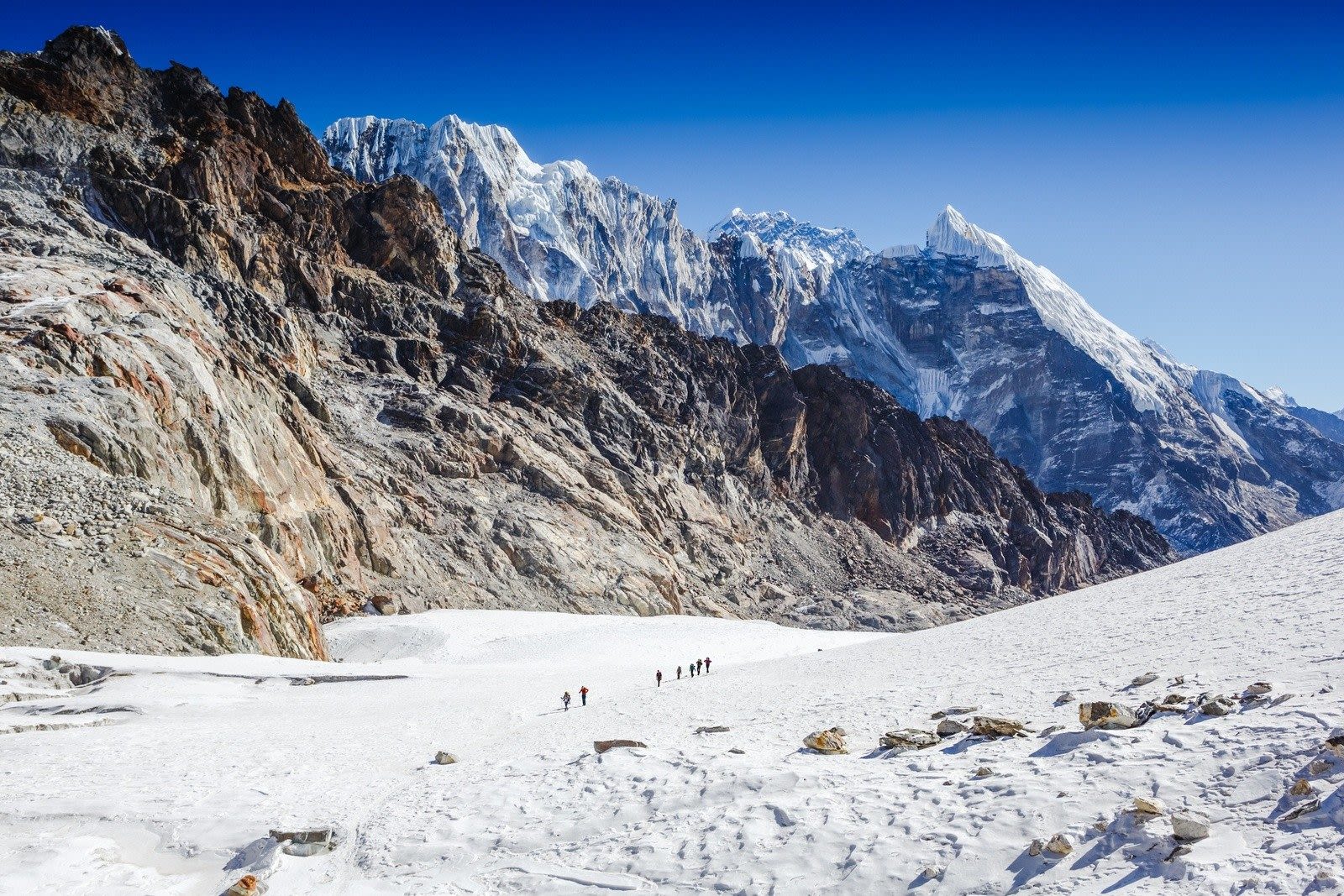
The Upper Dolpo trek is one of the hardest and longest in Nepal, typically taking a month or more, with several camps above 4,500 metres and some high passes. Organised tours are essential as there is virtually no tourism infrastructure here. Trekking here requires camping and bringing in your own food, as there are often food shortages and food is simply unavailable, however much you’re prepared to pay. Trekking in Upper Dolpo begins with a flight to a mountain airstrip in Juphal, and a trek to Lake Phoksundo, one of the most beautiful lakes in Nepal, in the Shey Phoksundo National Park. Past this lies Upper Dolpo, with its high snowy passes, hidden valleys, monasteries, and fortified villages.
Discover our hand-picked trips trekking in Nepal with the best local hosts and guides and Nepal adventure holidays.

